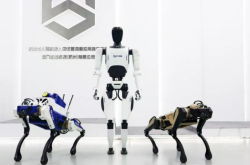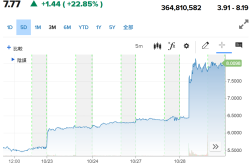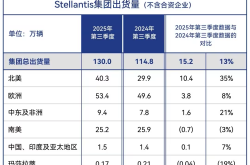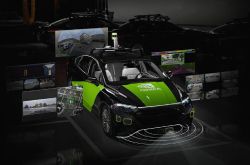The Future of Spatial Computing: Apple, INAIR, or Meizu?
![]() 05/21 2025
05/21 2025
![]() 472
472
On May 15, at its recently concluded product launch event, INAIR unveiled the new generation of AI spatial computer, the INAIR 2 Elite Suite All-in-One Set. Unlike bulky headsets that emphasize futuristic immersion, this device maximizes the imagination of spatial computing, bridging the gap between the physical and digital worlds through a sleek pair of glasses.
During the demonstration, the "AI Spatial Computer" utilized glasses, a host computer, and an interactive keyboard to bring the traditional multi-tasking office experience into the digital realm, offering a novel interactive experience.
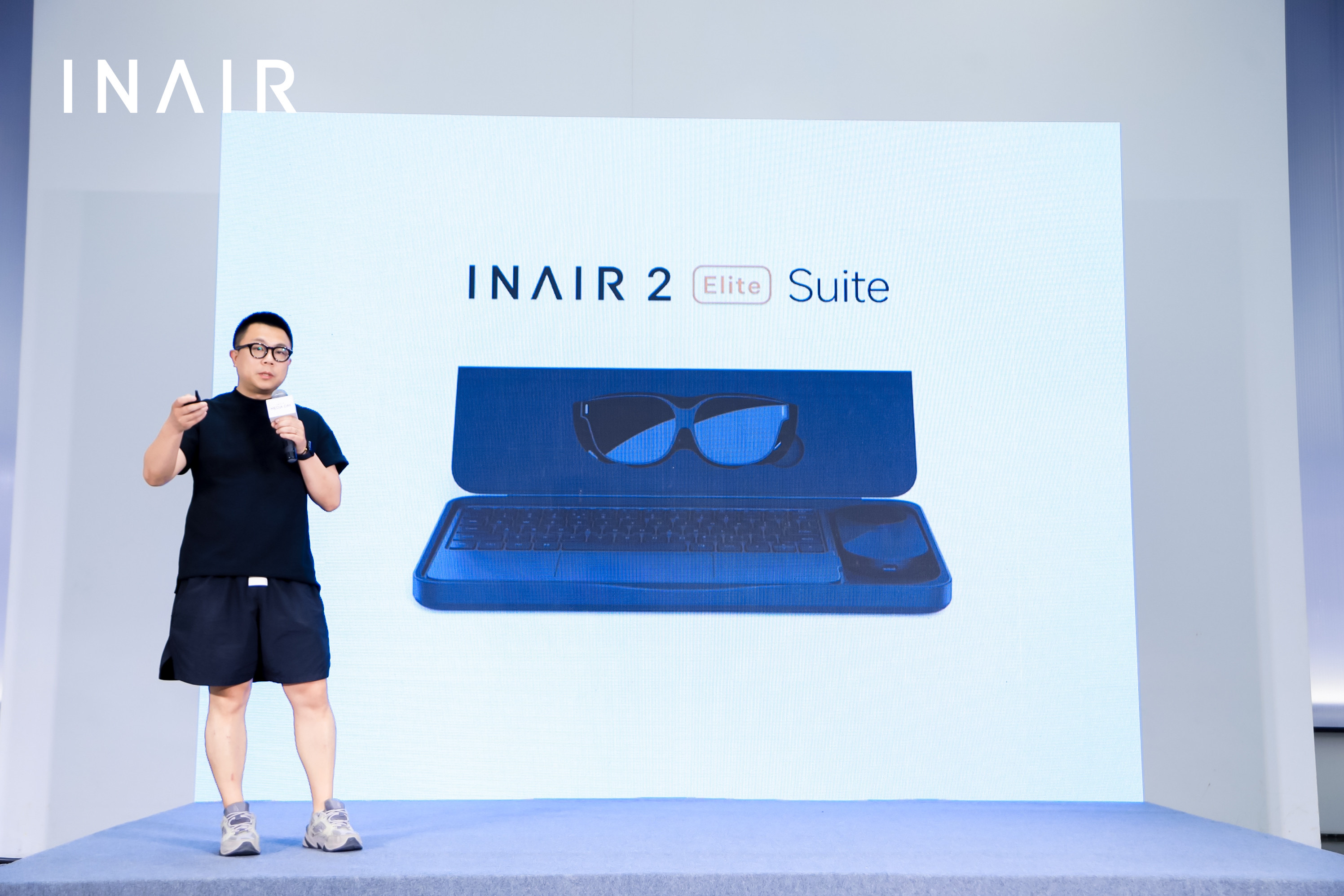
Image/ INAIR
Meanwhile, details of Apple's Vision Air are emerging: a lightweight Vision Pro with a halved price, running visionOS, and offering a lighter, smaller, and more affordable alternative. Its launch signals Apple's intent to make spatial computing more than just a developer toy, but the gateway to the next generation of mass computing platforms.
With Vision Pro's launch over a year ago, the industry's understanding of "Spatial Computer" is diverging. Should it be an immersive headset, a portable augmented assistant, or a productivity tool akin to a laptop?
Spatial computing is evolving through various product routes, showcasing three distinct paths:
- The immersive all-in-one route, exemplified by Apple Vision Pro: Utilizing VST (Video See-Through) to blend the digital and physical worlds, emphasizing innovative interaction.
- The lightweight multi-screen office route, represented by INAIR AI Spatial Computer: Balancing AR immersion with portability, focusing on efficiency and AI collaboration.
- The ultra-light daily AI assistant route, embodied by Meizu StarV Air2: Prioritizing basic display capabilities, wearing comfort, and voice-visual AI assistance.
These three routes define spatial computers differently, influencing whether they can enter the mainstream market, find a reasonable price point, and ultimately become as integral to life and work as mobile computing.
Not just glasses, but a wearable computer
Unlike other routes, INAIR AI Spatial Computer offers a pragmatic and productive spatial computing path. It gradually establishes a new platform for AR hardware, AI capabilities, and operating systems, emphasizing "usability, convenience, and portability."
Unlike previous XR devices, the INAIR 2 Elite Suite All-in-One Set is a polished, complete solution. It comprises a lightweight INAIR Glass, an INAIR Pod host computer, a Touchboard spatial interactive keyboard, and a rechargeable storage bag, ensuring portability and ease of use.
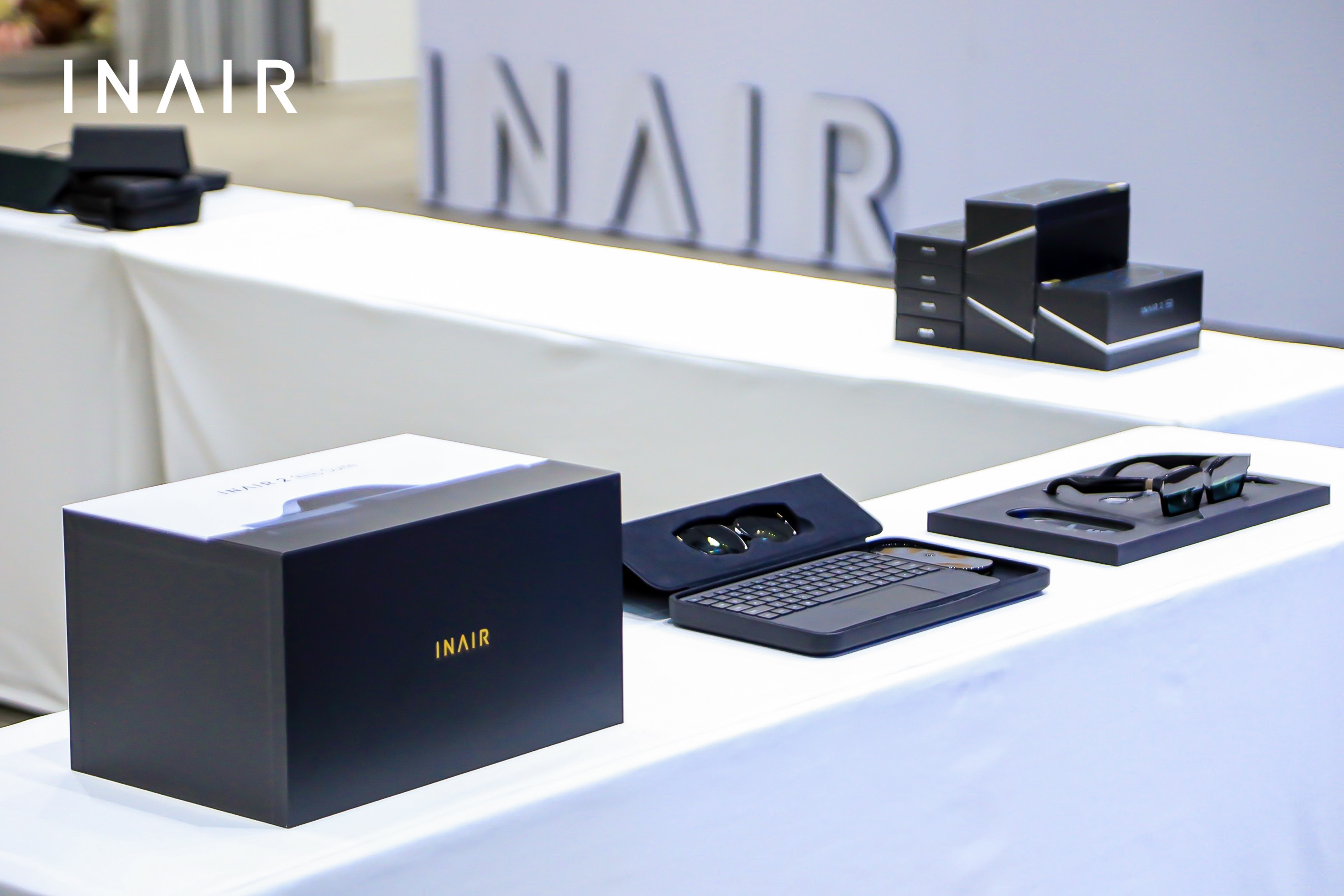
Image/ INAIR
This is a deliberate choice. INAIR's design logic positions the "spatial computer" as a laptop replacement, thriving in conference rooms, high-speed rail seats, airport lounges, and even cafes.
Compared to all-in-one headsets, the split architecture enhances comfort, portability, and battery life. INAIR Glass weighs just 77 grams, akin to wearing ordinary glasses, while the external host Pod provides computing power, avoiding overheating and pressure issues, and allowing scalability through connections to mobile phones, PCs, and screen projections.
The custom-built spatial operating system, INAIR OS, has been upgraded, supporting multi-window and multi-application operations, and integrating an AI assistant system with large models like DeepSeek, Doubao, and ERNIE Bot, enabling AI voice interaction for document processing, translation, and even operation execution.
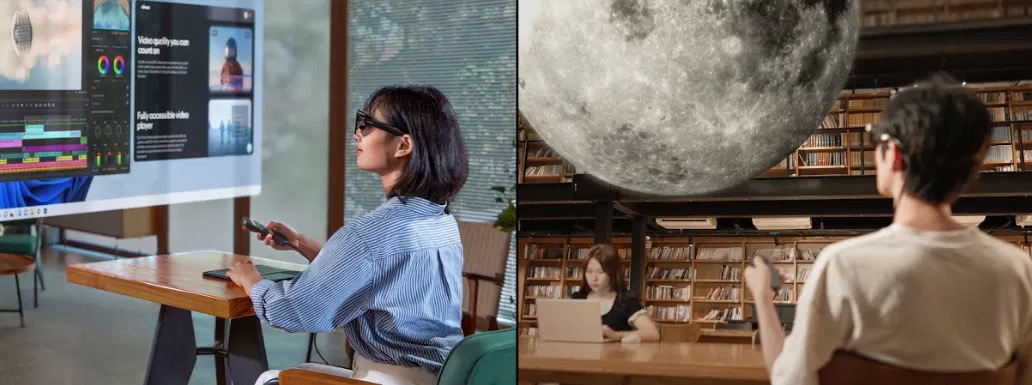
Image/ INAIR
Notably, the INAIR AI Spatial Computer excels in "multi-screen collaboration" and "private office work." It extends PC multi-screen displays while ensuring privacy through electrochromic lenses and inverse sound field technology, making it ideal for "private office work in public places" and verifying that spatial computing can be a super screen + AI assistant tailored for modern offices.
This choice signifies INAIR's departure from entertainment scenarios, breaking away from previous AR glasses' path dependence. By understanding office workers' needs, modeling real scenarios, and integrating AI functions, it has transitioned spatial computers from "cool" to "useful."
In the foreseeable future, this may become a more affordable and accessible spatial computing device for the general public, truly embodying today's spatial computers. Not a future fantasy, but a present tool.
Constructing "virtual and real" with computing, but at a high cost
If INAIR makes the spatial computer a "wearable laptop," Apple's Vision Pro constructs a fully digital world that envelops the user, redefining the operating system, interaction methods, and hardware.
Vision Pro integrates display, computing, battery, and sensors, equipped with an independent visionOS. Users can unfold multi-task windows, browse 3D content, and operate via virtual keyboards and eye tracking + gestures without additional devices. The system is highly self-consistent, almost replicating the iPhone's role in the mobile internet era.
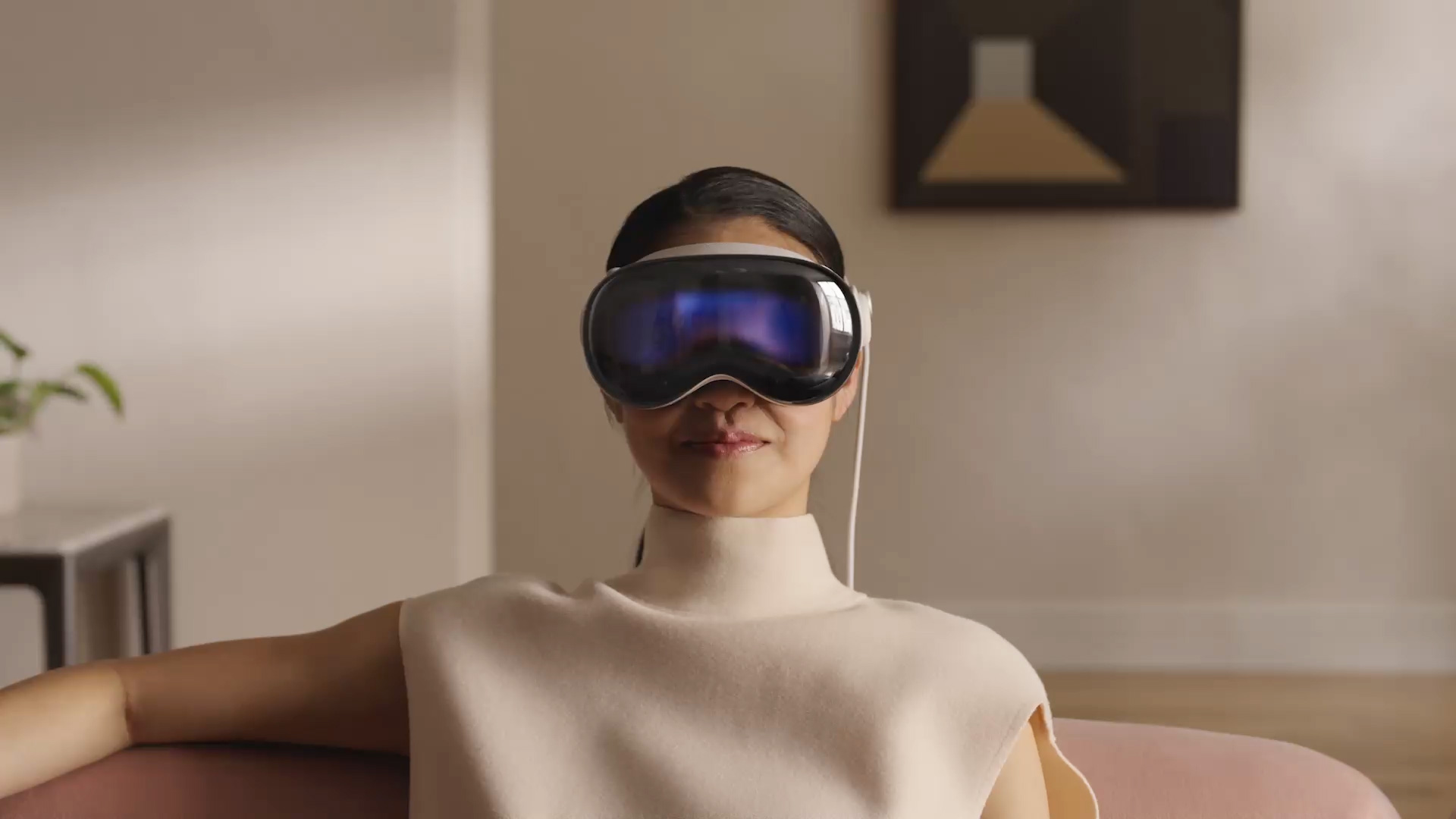
Image/ Apple
However, Vision Pro is not a true AR optical see-through device but uses cameras to capture external images and synthesize them digitally. This creates a spatial interface with a "high degree of digital and physical integration," allowing users to interact with real and virtual objects seamlessly.
This experience is impressive, offering a glimpse into spatial computing's future. However, it comes with a usage threshold and cost: weighing over 600 grams, with a 2-hour battery life and a $3499 price tag, Vision Pro is not a "popular" device but a pioneer for exploring spatial interaction paradigms and validating developer ecosystems.
Apple is betting on disrupting existing computing logic, aiming to replicate the iPhone's "next-generation platform" success. However, users must now adapt to a new form factor, operating system, interaction language, and usage method, posing significant challenges in an era where mobile phones and laptops are highly mature.
Closest to the public but farthest from the computing platform
While Vision Pro and INAIR focus on AR display, Meizu StarV Air2's ultra-lightweight route adds AR capabilities to a "smart assistant" wearable. Lightweight in functionality, restrained in experience, and user-friendly in form, it caters to users seeking information prompts without disruption.
Weighing just 44 grams, Meizu StarV Air2 uses green Micro-LED light waveguide display technology, presenting information via HUD (Heads-Up Display). Essentially, it displays lightweight content like translations, notifications, and navigation guidance as a prompt bar in the user's field of vision.
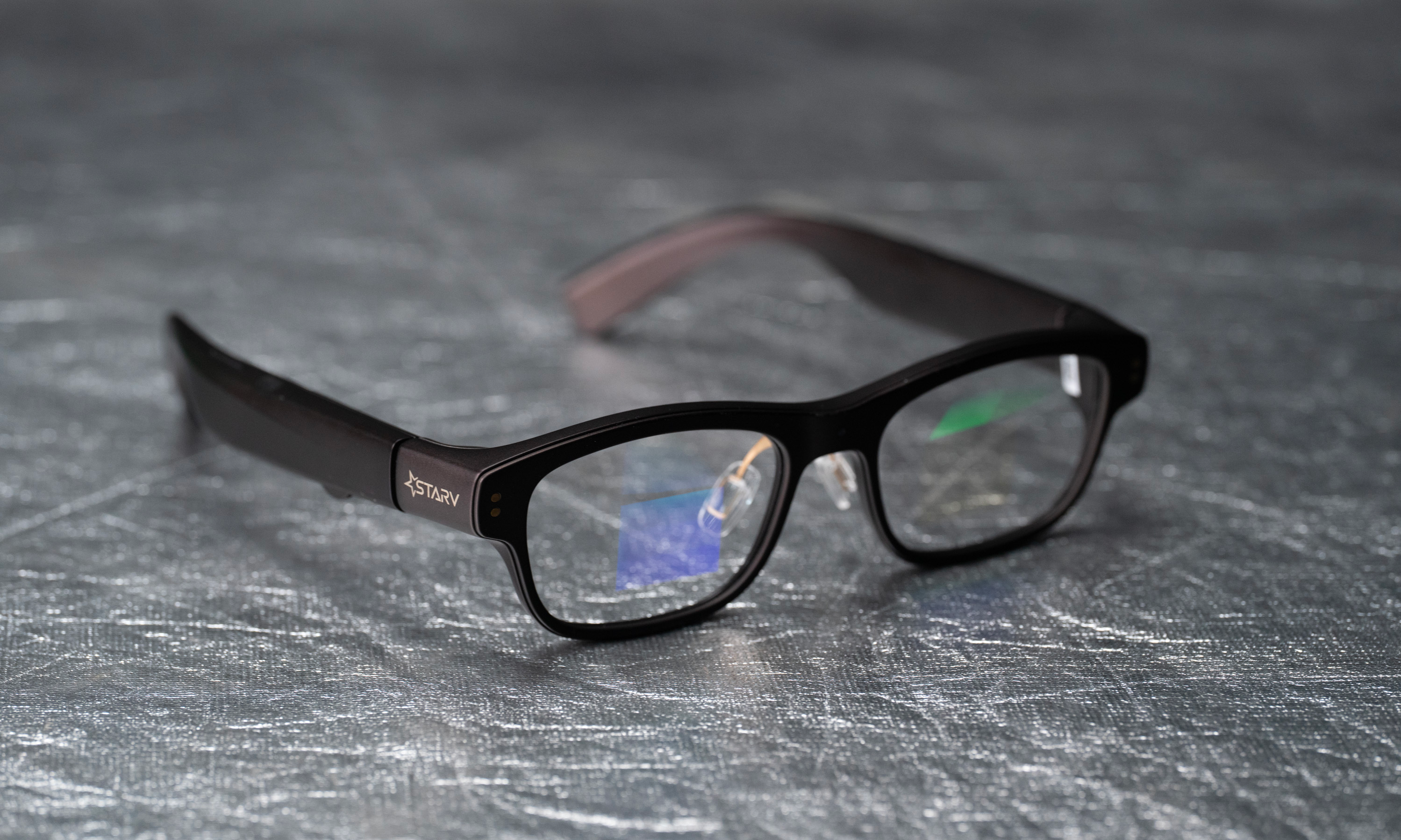
Image/ Leitech
This product form minimizes AR immersion, not supporting spatial multi-screen operations or complex task processing. However, its lightweight design makes it more convenient for office assistance.
From a product perspective, this route aligns more with "wearable devices" than "spatial computing platforms." Users can obtain information and complete simple tasks naturally through cameras, voice recognition, and head movement sensing, such as translating conversations, recording images, navigation prompts, and posture reminders.
Its advantages are clear: lightweight, user-friendly, and hands-free, ideal for frequent travelers needing information prompts without interruption.
While Meizu StarV Air2's route seems closest to the public, it's relatively distant from spatial computing. It has taken the first step, but its future depends on evolving beyond a "prompter" to become a true "cognitive agent."
Final Thoughts
Spatial computing is evolving rapidly and diverging. From Vision Pro to INAIR AI Spatial Computer to Meizu StarV Air2, each offers a unique answer.
Their differences reflect varying perceptions of the "next-generation computing platform." Currently, there's no clear winner, and no standard answer. The ultimate success may hinge on who best aligns with user habits, ecosystem support, and usage scenarios, rather than who has the most advanced technology.
The future of spatial computing is upon us. When discussing the "next-generation computing platform," the real question is not "who will win the market" but what kind of computing experience we truly need.




